Get Out of an All-Black Wardrobe Rut in 6 Steps
I wore black for years because it's "slimming." And I was low-key miserable about it.
Once my weight loss reached a point where I’d lost two sizes, I started closet clean-outs. As I began the first clean-out, I stepped back and looked at my wardrobe.
So much black.
The day I realized all my clothes were funeral-appropriate
I worked in startups (including my own) for a few years before my mini gastric bypass. The official wardrobe color of startup founders: black.
My weight fluctuated between 240 and 300 pounds during that time. And you know the advice: Black is slimming.
And color?
Whoever designs plus-size clothes must think we’re all kindergarten teachers or retirees on a bus trip to Vegas.
I had a hard time finding plus-size clothes that used color to communicate power, such as “I’m the Atlanta-based content marketing genius behind the hottest startup in the South who gets paid five figures to speak at conferences” kind of power.
(Full disclosure: I was manifesting a little bit in that last paragraph.)
In my experience, color in plus-size clothes is either infantilizing or it’s clowny.
And I began to resent all the societal messaging and symbolism of wearing black while in a larger body.
Why does society tell me to hide myself in black? Am I dead to society? Am I supposed to wear black so I don’t have to think about the lack of clothes choices for people my size?
I made a commitment to myself while clearing out the closet: No more black.
Starting over with color
Since my weight loss phase after bariatric surgery was (hopefully) going to be short-term, I thought of it as an opportunity to experiment. If something didn’t work out, I probably wouldn’t be able to wear it long anyway. I could give those away and try something else.
So I decided to build a mini capsule wardrobe with color.
Next: Which colors? And which clothes?
Here’s what I did.
Step 1: I started with color analysis.
Back in the 80s my mother got into Color Me Beautiful. She used Carole Jackson’s book to do color analyses on me and my younger sisters. I’m not gonna lie, there were days I wished she’d have let me wear gold earrings without reminding me that my color season’s metal was silver. But color analysis seemed worth revisiting.
I took a DIY approach: I read about color analysis online, then tried several different color analysis apps and sites. I can’t say they’re all great or that I’d use them again. But, I agreed with the consensus: I’m a dark or deep winter.
(It also aligned with my mother’s analysis.)
One of the sites I used gave me a palette of almost 70 colors, each marked as either a fashion neutral, complementary and accent color, or metal. But 70 is too many for a mini capsule wardrobe.
Fortunately, the colors in the palette go together.
Step 2: I chose 5 colors.
There’s no particular reason I chose five. I just felt like it was a good number to give me some good mix and match versatility, yet not so few that I’d end up looking like I had a uniform color code every day.
If you follow the fashion advice of online influencers, some consultants, and Steve Harvey, you’d pick all neutrals. (Say it with me: there’s five suits you need to get: black, navy, gray, brown, tan… you cannot mess it up!)
Too safe for me, Steve.
This was a specific experiment to allow me to explore expressing my personality with clothes. I wanted colors that look chic and not like everyone else. I also wanted colors that I’d be interested in wearing going forward.
After more Googling topics like “the new neutrals” and “how to build a capsule wardrobe with color,” and thinking about which colors out of the 70 in the dark winter palette I’d like to build on, I settled on these five—a set of some neutrals and some bold colors.
Step 3: I chose a specific occasion that needed a mini capsule wardrobe.
I had a vacation coming up, and my old vacation clothes were easily 2-3 sizes too big. I needed versatile pieces I could mix and match to make outfits for different occasions for a week, and I didn’t want to pack a lot.
This was a great opportunity to play with wearing color. Limiting it to a small window of time and a few pieces didn’t feel like such a major life decision.
A business trip could also be a good opportunity. Or, simply pick a week.
Step 4: Curate clothes.
I had a few pieces, like a denim jacket and some tees, that I felt I could still wear. I shopped the rest. Here’s what I chose. Some of these items are really common so I didn’t provide links for everything. Others are out of stock. I’ve only provided shopping links with items still available. (None are affiliate links, and prices are in US currency.)
Short-sleeved tees in pale pink, white, and red
A red-and-white striped boat neck 3/4-sleeve tee from Mango (sold out)
A gray tank top
A navy sweater: Lands’ End Women’s Fine Gauge Cotton Cardigan, sizes XS - 26W in regular, petite, and tall, $89.95, currently on sale for $49.97
A denim jacket
Jeans: Mango Push-up Low-rise Skinny Jeans, sizes 0-22, $59.99
Gray parachute cargo pants
Striped cotton capri palazzo pants: Amazon, sizes X small - XX large, $25.69
A navy and white striped dress: Boden Imogen Collared Jersey Dress, sizes 0-22, petite, regular and long, $125
Sneakers
Navy sandals: Ros Hommerson Cabana, sizes 6-13, widths 2A - 3E, $120
A pair of flats
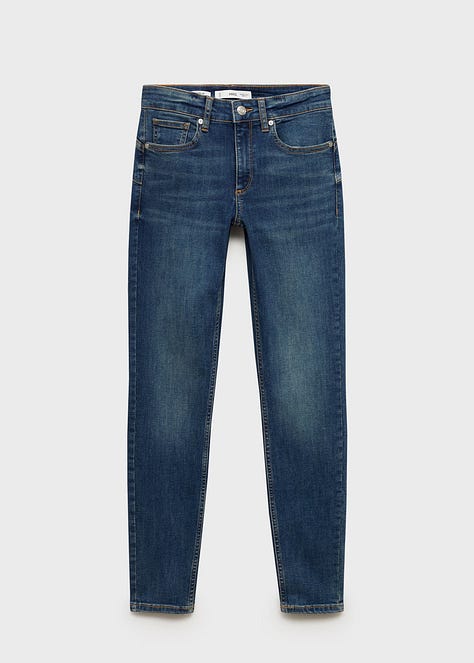
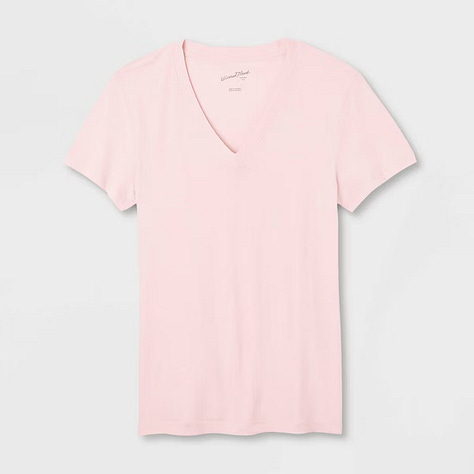
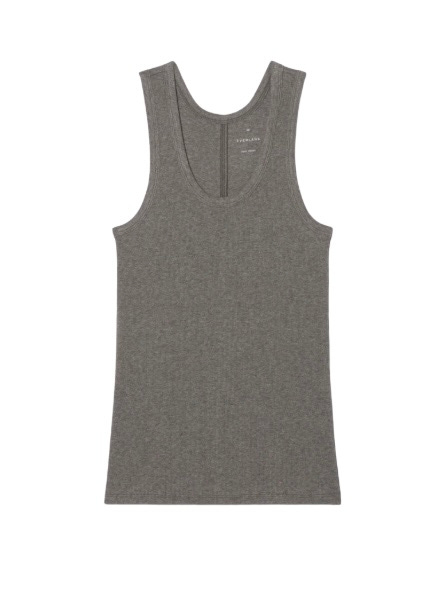
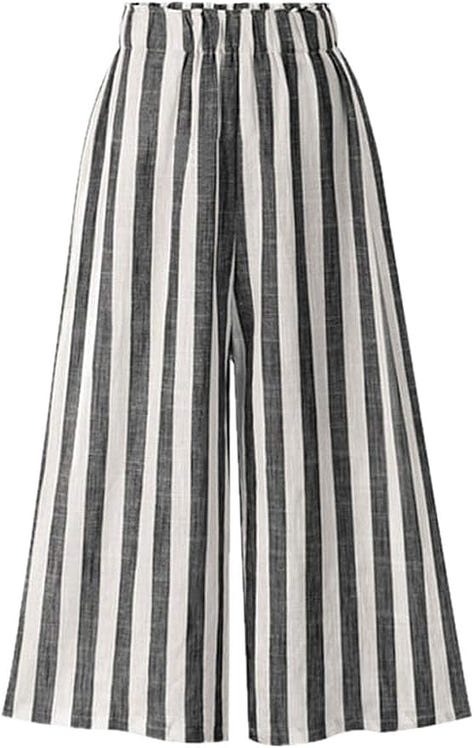
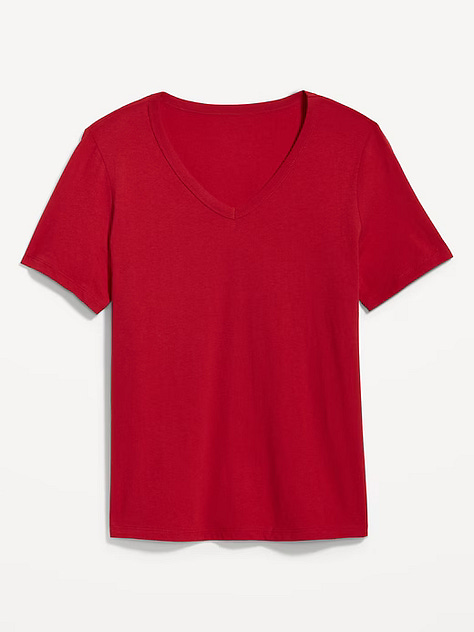

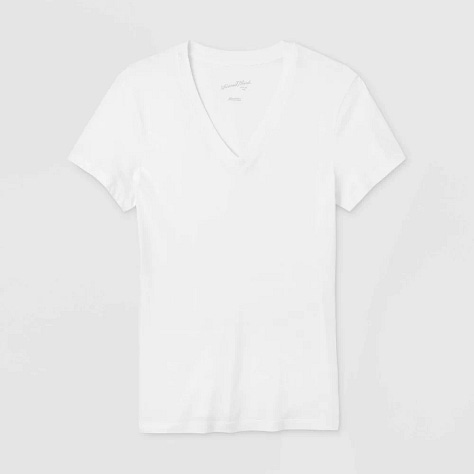
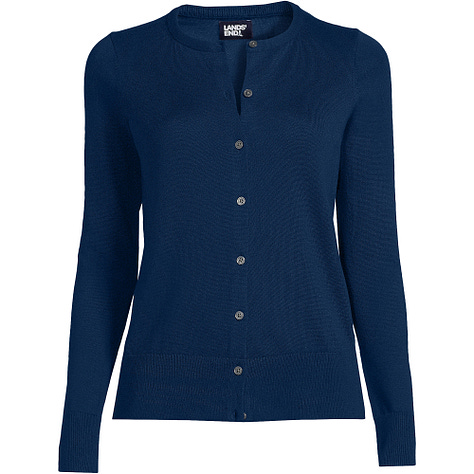
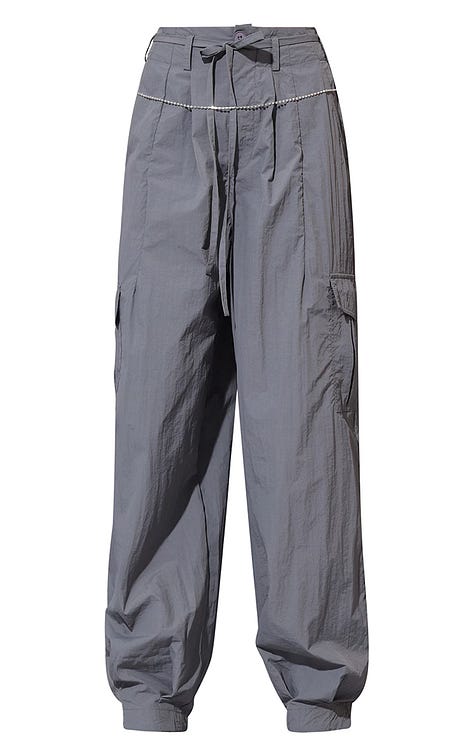
Step 5: I created outfits on a canvas before buying.
Before finalizing my purchases, I used Canva to test that the clothes I planned to buy would give me multiple outfits. Here are some of the looks. There are even more ways to mix and match.
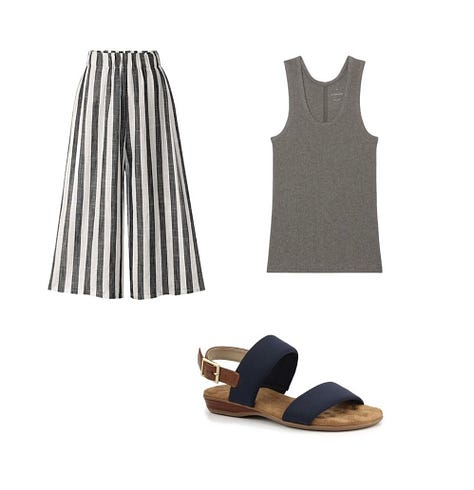

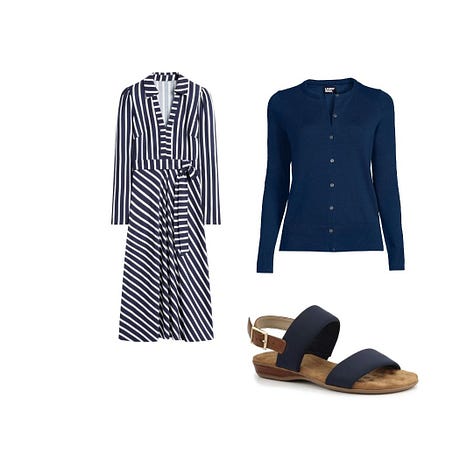
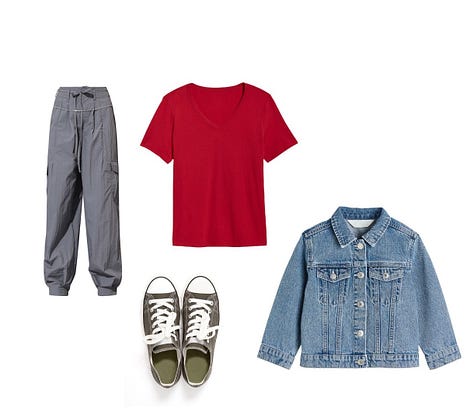
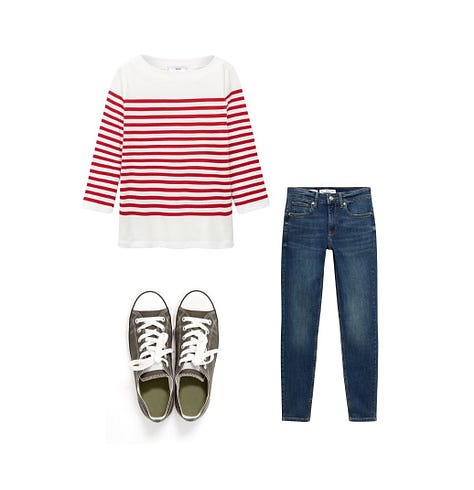
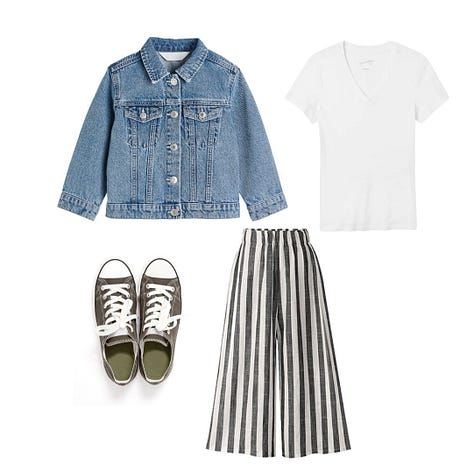
This worked for me. Time to go to the carts and check out.
Step 6: Reflect, take notes
Clearly clothes weren’t the focus of my vacation. But I took note of some things:
I felt comfortable.
For the most part, I was happy with how I looked. (Didn’t like the palazzo capri pants so much.)
I didn’t feel like I was wearing the same thing over again, even though I was.
I got a few compliments.
I enjoyed the color and wanted more. I didn’t feel like I was following someone else's rules about what colors to wear or how to wear them. It felt more individual and expressive. And I felt I could build on the five colors I chose.
Once I learned about the environmental impact of fast fashion, I wanted to do my part to avoid it. But it’s hard to find color-forward plus-size clothes that aren’t so poorly made.
I’ve moved on to more color—I’ll share more in upcoming issues.
Express yourself
I want to leave you with a couple of thoughts:
Weight loss was my catalyst to try color. It doesn’t have to be yours. I don’t want to imply weight loss is a prerequisite, because it’s not. It was just my trigger. Plus-size fashion still has a long way to go, but there are more options now than before.
Think about whether you really enjoy wearing black and other neutrals. Do those colors align with who you are… or do you wear them because you feel like you should, or because it feels safe? Just as I began thinking about adding color, I read Why the West is Afraid of Color from The Juggernaut (gift link). The article includes an interview with a South Asian woman who grew up in New Zealand and avoided colors that reflected her heritage because she didn’t want to stand out. Now the woman owns a boutique:
“...she has seen a movement of individuals looking to connect with their heritage, reclaim their identity, and wear vibrant colors with pride.
“‘Understanding what looks good on you and expressing yourself through fashion is so exciting, and we have all the tools to do that,’ she said, referencing the need to learn about different color combinations rather than avoid them altogether.“
I’m not saying neutral can’t be a power color. I’m sure I’ll write about it someday.
Power!
One of the reasons I’m personally exploring style—and why I write about it—is because I want to walk in my power. If I can find my way to expressing my authentic, bold, and unique self through clothes, it can be that much easier to speak up and express myself in other settings and arenas.
People in larger bodies, especially women, aren’t encouraged to walk in power. People don’t want to trust us with power. Some see our size as a reason to deny us our voices and power.
But you need to use your power, and so does the world. I hope you find yours.
Introducing the re:dressing AI Policy
I want to share the beginnings of my AI Policy with you, so you understand how I create content and how I use artificial intelligence.
I don’t use AI-generated images, video, audio, logos, or art.
I research and write all my newsletters myself without AI assistance (other than Google AI overviews while researching).
I fact-check information myself.
Ideas for content are my own and are inspired by readers, news, current events, and social media. I don’t use AI for newsletter ideas.
I occasionally use AI tools to proofread and edit.
I use AI to assist with SEO-optimized headlines, email subject lines, and email preview text.
I have and probably will use AI for tasks like engagement analysis, trend analysis, creating schedules, and other organizational tasks.
I disable AI bots from using my Substack content as part of a training model.
You can find this policy as it evolves on my about page.


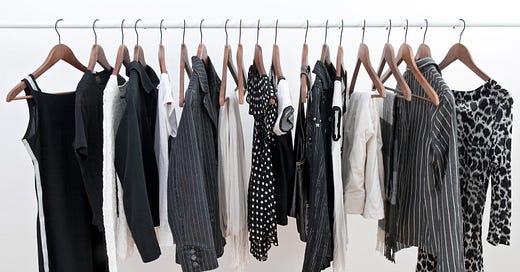





Gosh, I need this. 🖤
These are so helpful! I also took your advice in a previous article about bras. What a difference! Thank you for sharing!